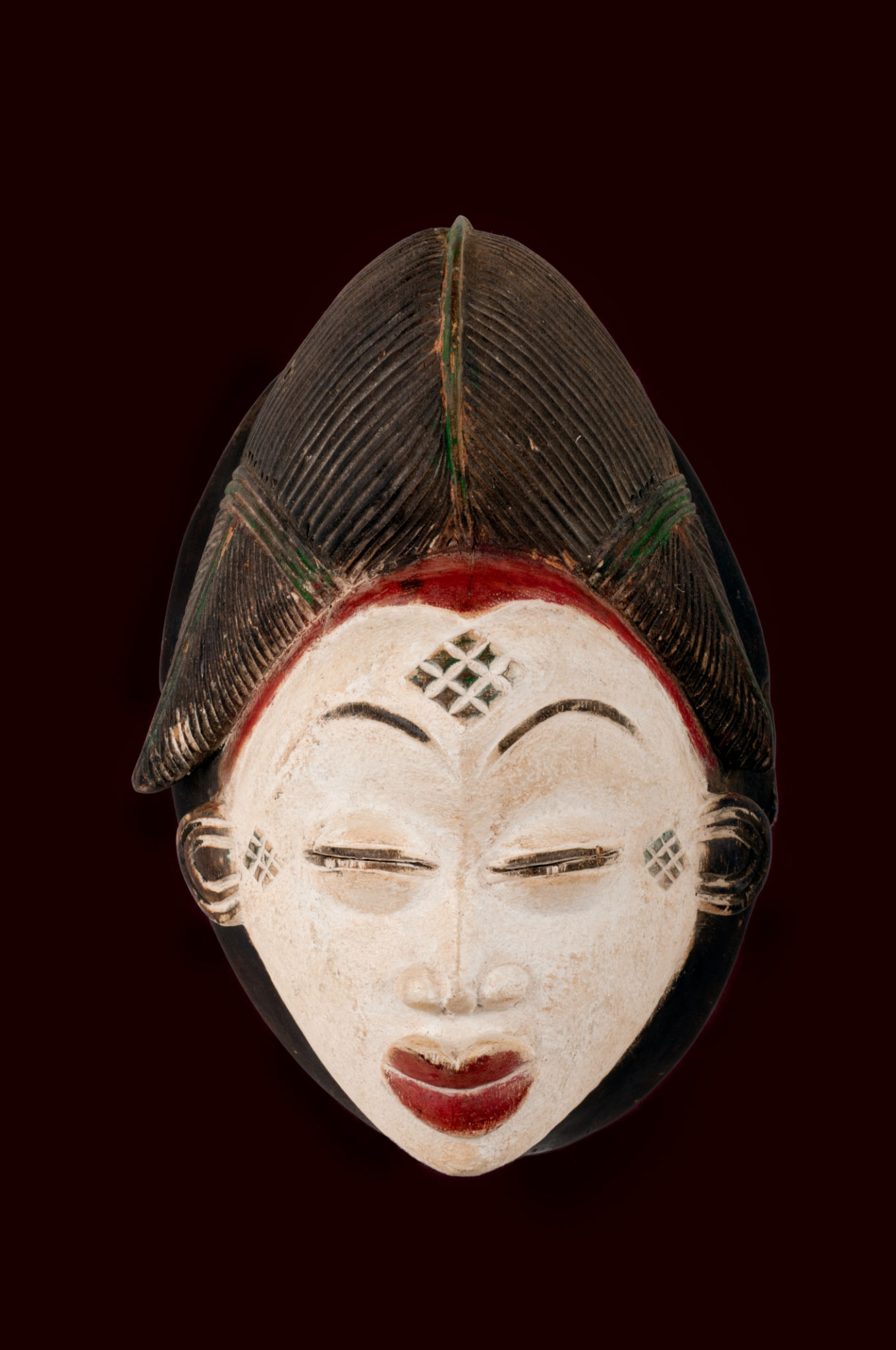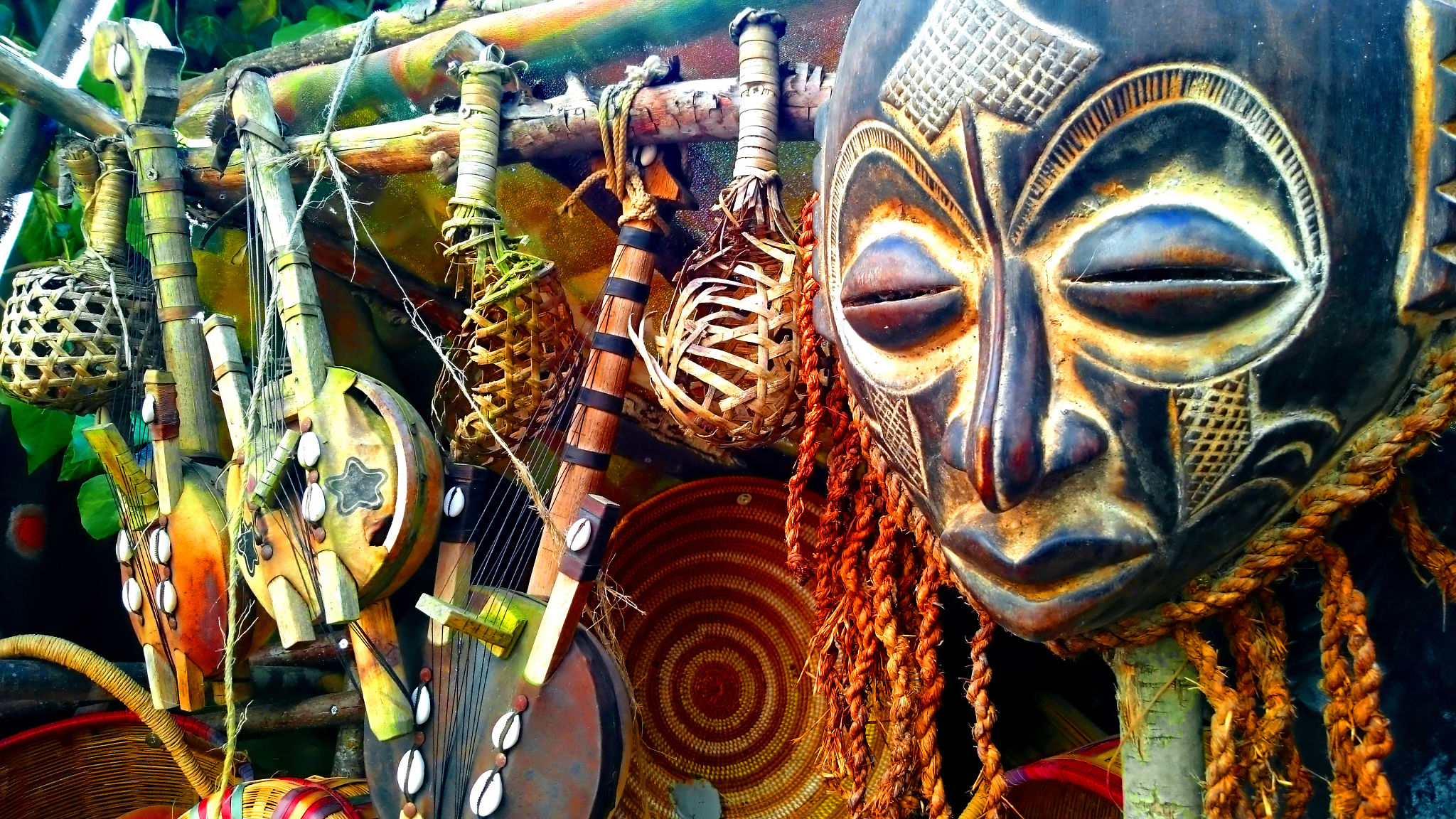A Guide to African Masks: History, Symbolism, and Craftsmanship
The Rich History of African Masks
African masks have a history that spans thousands of years, with evidence suggesting their use in rituals dating back to the Paleolithic era. These masks are not merely decorative but are integral to the cultural and spiritual identity of many African societies. Traditionally, masks are used in ceremonies to communicate with spirits, ancestors, and deities. They represent a bridge between the human and spiritual worlds.
Each region and ethnic group has its unique style and purpose for their masks. For instance, the Punu people of Gabon create masks with serene, feminine features to represent ideals of beauty and spirituality. Meanwhile, the Igbo people of Nigeria craft masks that symbolize social status and community roles. Understanding these regional differences is essential for appreciating the cultural significance of African masks.

Symbolism in African Masks
African masks are rich in symbolism, with each element conveying specific meanings. The materials used, such as wood, ivory, or bronze, can indicate the mask's purpose or the status of the wearer. Colors also hold significant symbolism: black often represents the unknown or the universe, red can signify danger or power, and white is frequently associated with purity and ancestors.
The designs on masks often illustrate animals, mythological creatures, or abstract forms. Animal representations are particularly significant as they embody traits admired by the community. For example, a lion might symbolize courage and strength, while an antelope could represent grace and agility. These symbolic elements are not just artistic choices but reflect the values and beliefs of the community.
The Craftsmanship Behind African Masks
The creation of African masks is a highly skilled craft passed down through generations. Artisans use traditional tools and techniques to carve intricate designs from materials like wood, leather, and metal. The process begins with selecting the right material, which is crucial for ensuring the mask's durability and aesthetic appeal.

Once the material is chosen, carvers meticulously shape it into a form that aligns with the intended symbolism and purpose of the mask. This process can take weeks or even months to complete, depending on the complexity of the design. The final touches often involve painting or adorning the mask with natural pigments, beads, or animal fur to enhance its symbolic meaning.
Contemporary Relevance and Appreciation
Today, African masks continue to fascinate art lovers and cultural enthusiasts around the world. They are displayed in museums as symbols of Africa's rich heritage and are often used in contemporary art to inspire new creations. Collectors and historians alike appreciate their historical significance and artistic value.
Understanding African masks involves more than just admiring their beauty; it requires recognizing their cultural context and the stories they tell. By exploring their history, symbolism, and craftsmanship, we can gain a deeper appreciation for these remarkable artifacts that have stood the test of time.

